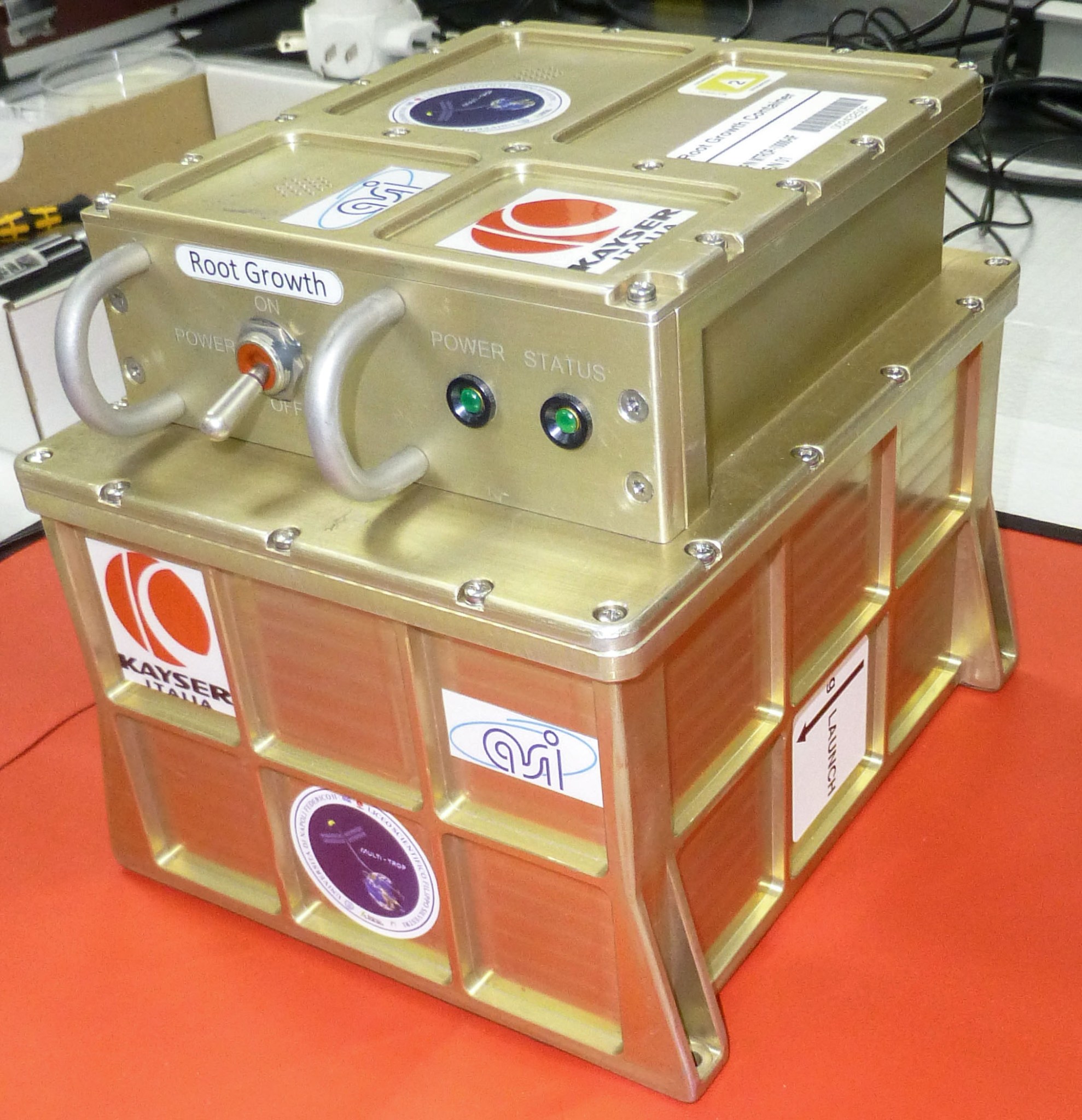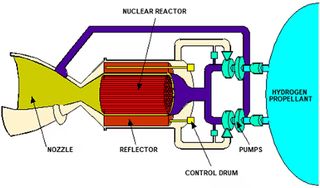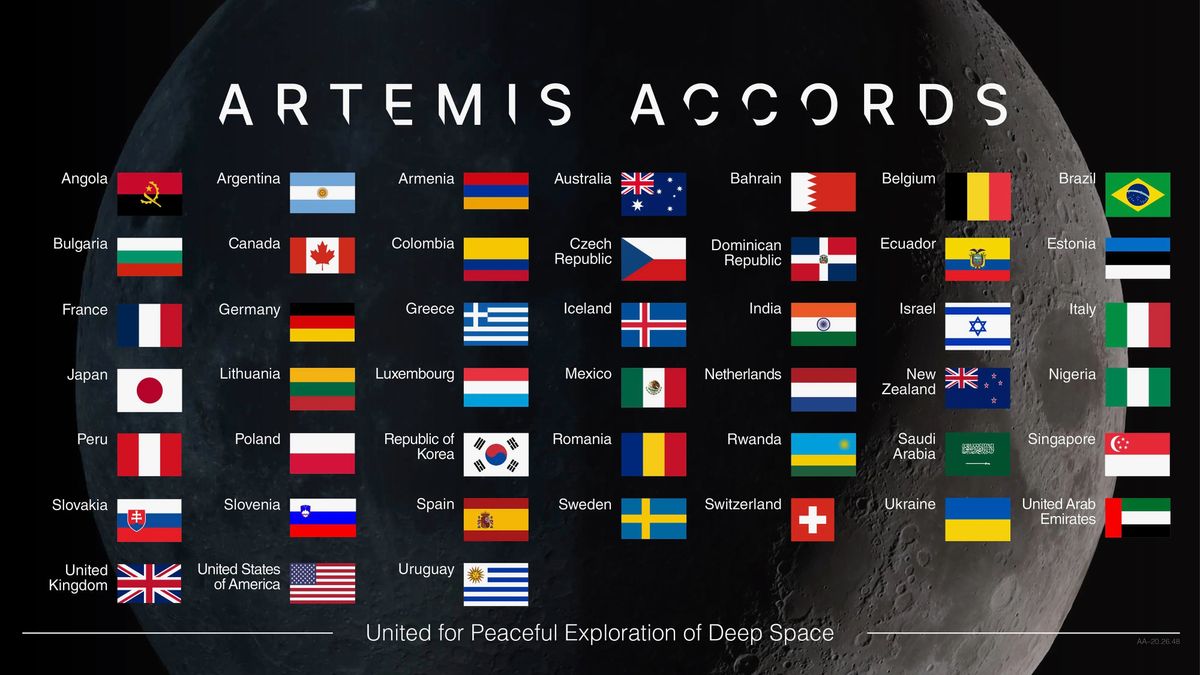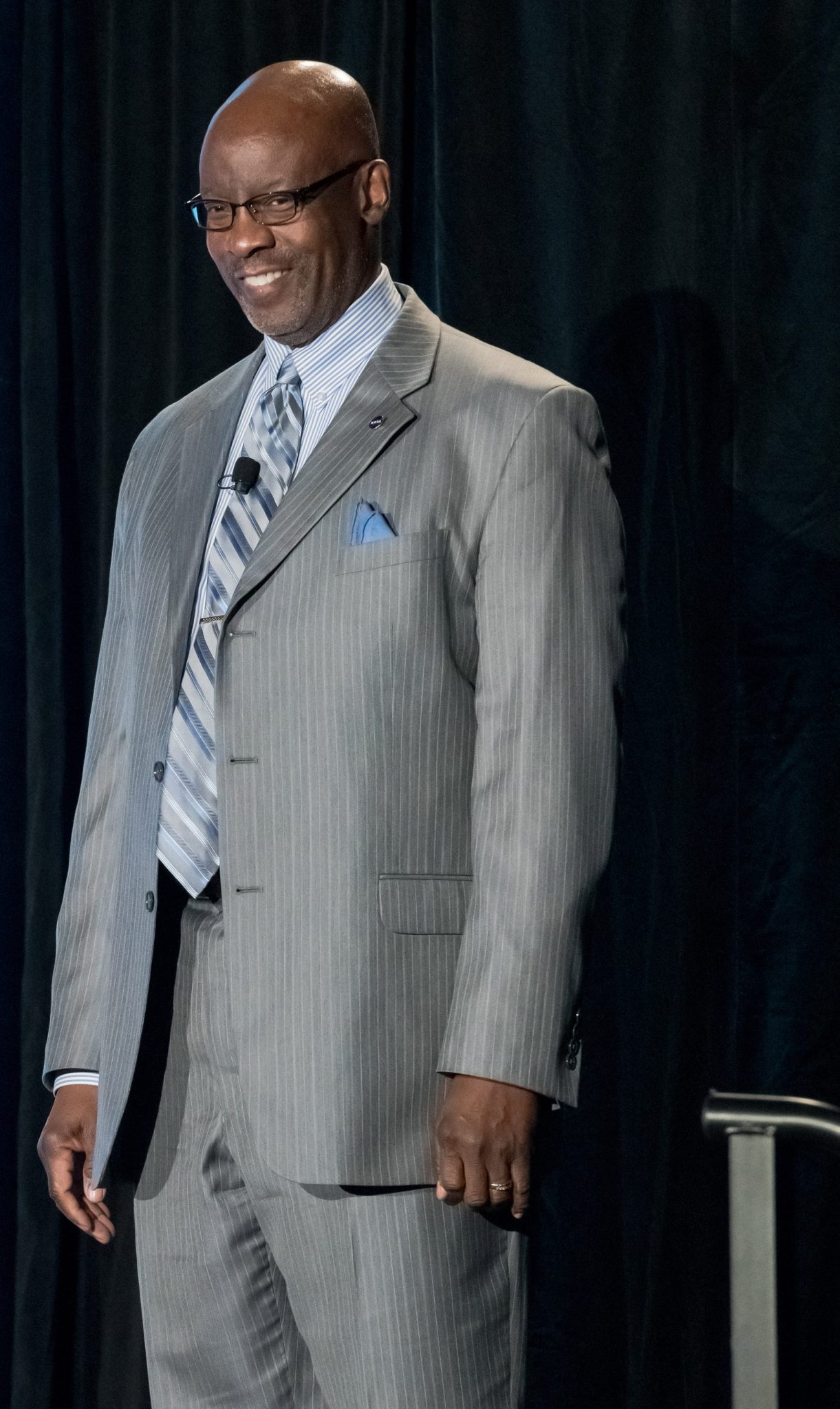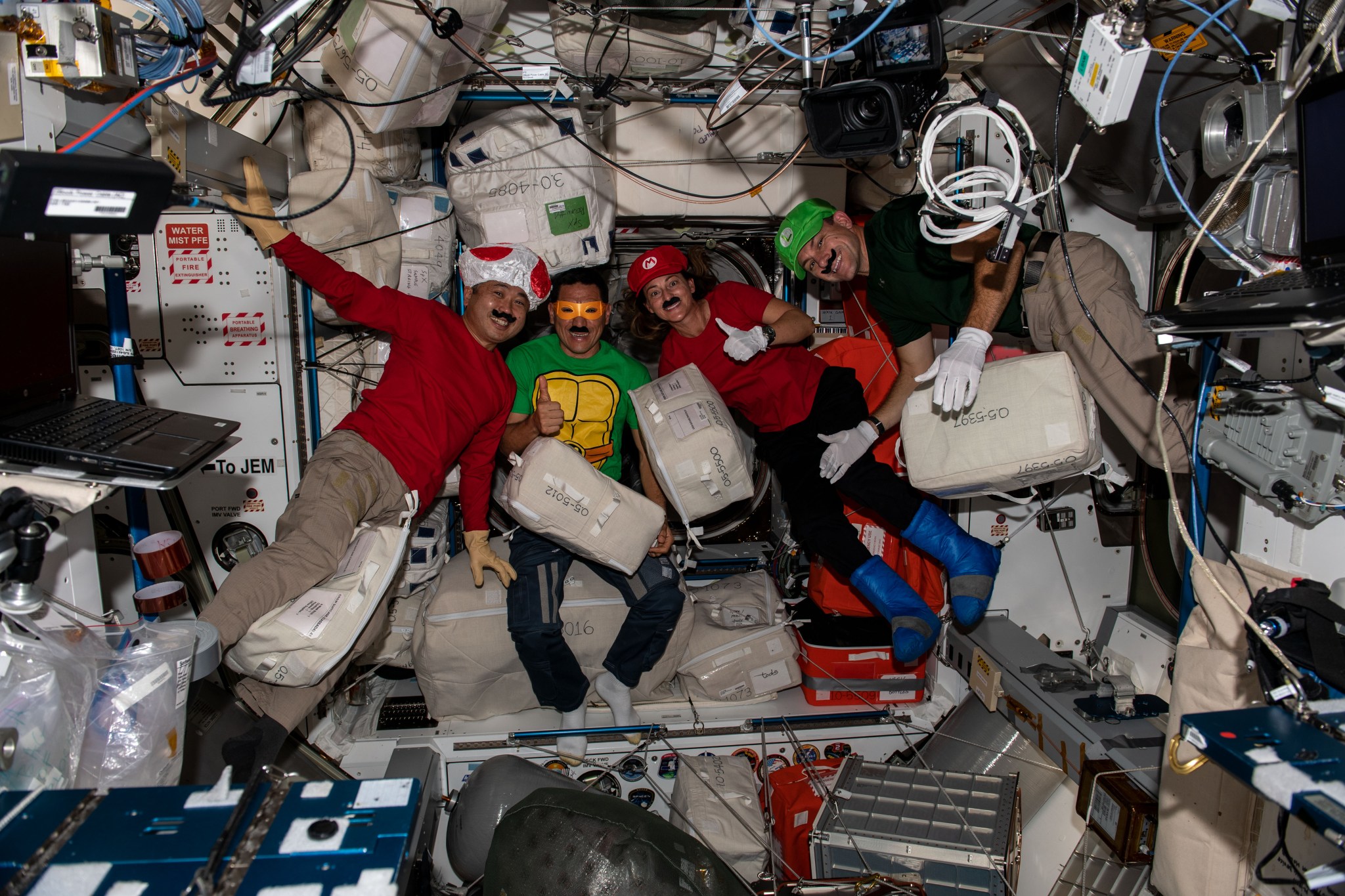You could get more opportunities to see supercharged auroras over the next few months, thanks to our very active sun. Solar activity waxes and wanes on an 11-year cycle. The current cycle, known as Solar Cycle 25, began in December 2019 and is still in its maximum phase, experts say. “Currently, we’re about two years into the maximum period, so we’re anticipating another year or so of maximum phase before we really enter the declining phase, which will lead us back to solar minimum,” Lisa Upton, co-chair of the Solar…
Read MoreDay: October 15, 2024
Station Science Top News: Oct. 11, 2024
Researchers verified that 3D micro-computed tomography scans can map the orientation of plant roots in space and used the method to demonstrate that carrots grown in actual and simulated microgravity both had random root orientation. These findings suggest that simulated microgravity offers a reliable and more affordable tool for studying plant adaptation to spaceflight. MULTI-TROP evaluated the role of gravity and other factors on plant growth. Plant roots grow downward in response to gravity on Earth, but in random directions in microgravity, which is a challenge for developing plant growth facilities for space. Results…
Read MoreNuclear rockets could travel to Mars in half the time − but designing the reactors that would power them isn’t easy
This article was originally published at The Conversation. The publication contributed the article to Space.com’s Expert Voices: Op-Ed & Insights. Dan Kotlyar is an Associate Professor of Nuclear and Radiological Engineering at the Georgia Institute of Technology. NASA plans to send crewed missions to Mars over the next decade – but the 140 million-mile (225 million-kilometer) journey to the red planet could take several months to years round trip. This relatively long transit time is a result of the use of traditional chemical rocket fuel. An alternative technology to the chemically propelled rockets…
Read MoreEstonia joins Artemis Accords as moon-exploration coalition agrees to continue outreach efforts
MILAN — The nations signed up to the Artemis Accords are looking to spread the word on common principles and best practices on exploring outer space. Estonia became the 45th country to sign up to the Accords just ahead of the International Astronautical Congress (IAC) here, which opened on Monday (Oct. 14). But engagement and enlargement efforts won’t stop there. The Artemis Accords — a set of statements that set out common principles, guidelines and best practices for exploration of the moon and beyond — had its third heads-of-agencies meeting…
Read MoreDr. Rickey Shyne Named Crain’s Notable Black Leader
1 min read Preparations for Next Moonwalk Simulations Underway (and Underwater) Dr. Rickey Shyne is responsible for leading a staff of approximately 1,100 engineers and scientists. Credit: NASA Dr. Rickey J. Shyne, director of Research and Engineering at NASA’s Glenn Research Center in Cleveland, has been named one of Crain’s Cleveland Business’ 2024 Notable Black Leaders. Shyne is responsible for leading a staff of approximately 1,100 engineers and scientists, and managing research and development in propulsion, communications, power, and materials and structures for extreme environments in support of the agency’s missions.…
Read MoreSpooky on the Space Station
4 min read Preparations for Next Moonwalk Simulations Underway (and Underwater) Science in Space: October 2024 Cultures around the world celebrate Halloween on Oct 31. In many places, in addition to people wearing costumes and eating candy, this day is associated with spooky decorating using fake blood, skeletons, flies, and spiders, some of them glow-in-the-dark. Crew members on the International Space Station have been known to indulge in a bit of dressing up and candy consumption to mark the day, and the research they conduct year-round occasionally involves these iconic…
Read MoreEuropa Clipper Begins Journey to Jupiter’s Icy Moon
A SpaceX Falcon Heavy rocket carrying NASA’s Europa Clipper spacecraft lifts off from Launch Complex 39A at NASA’s Kennedy Space Center in Florida at 12:06 p.m. EDT on Monday, Oct. 14, 2024. After launch, the spacecraft plans to fly by Mars in February 2025, then back by Earth in December 2026, using the gravity of each planet to increase its momentum. With help of these “gravity assists,” Europa Clipper will achieve the velocity needed to reach Jupiter in April 2030.
Read More
